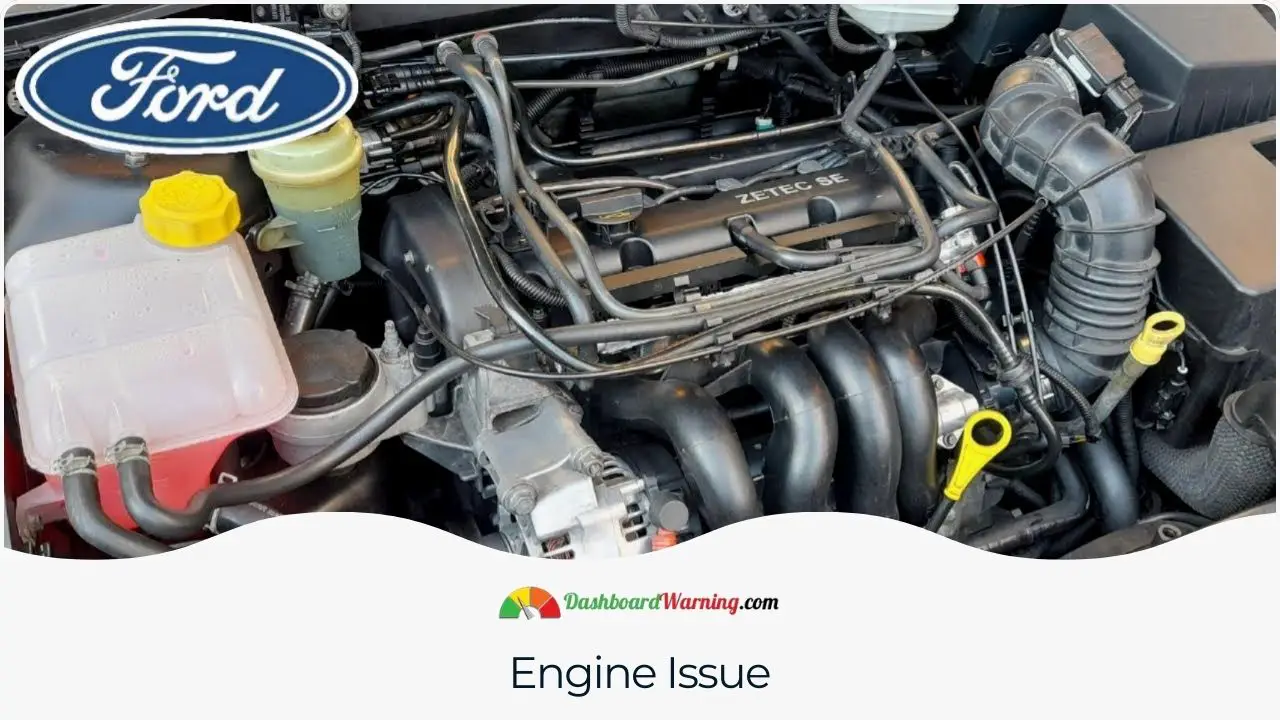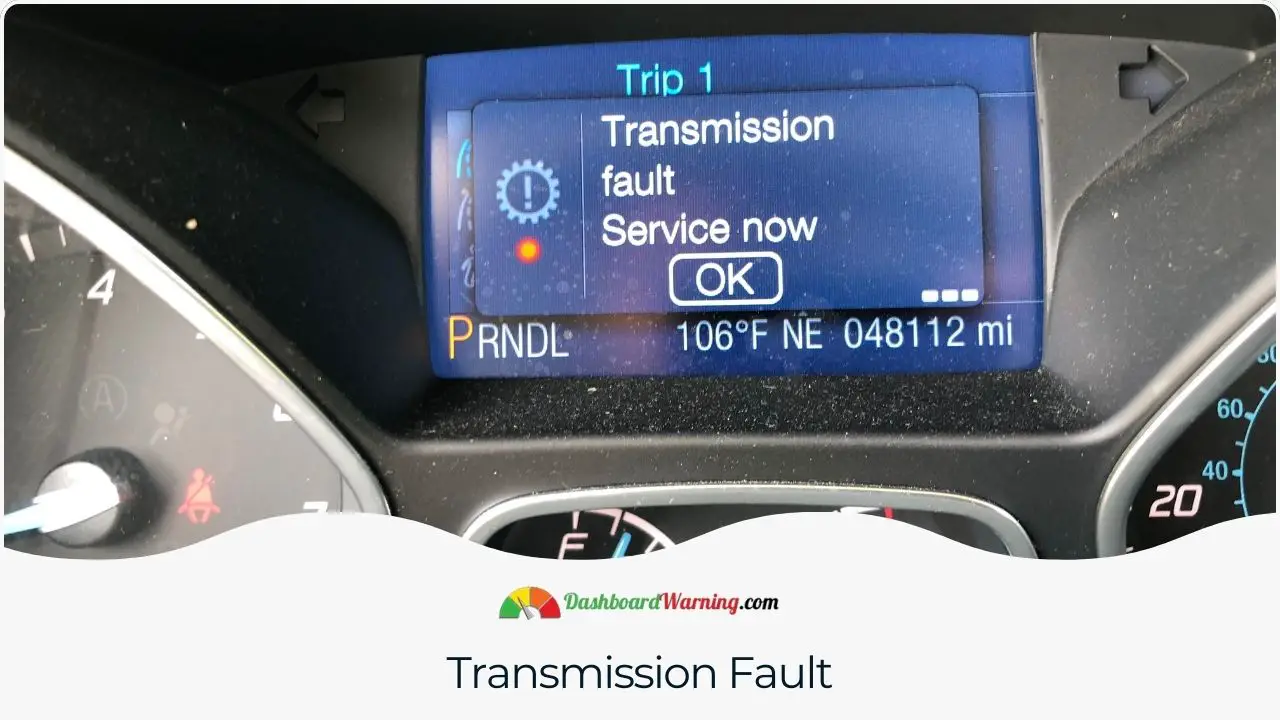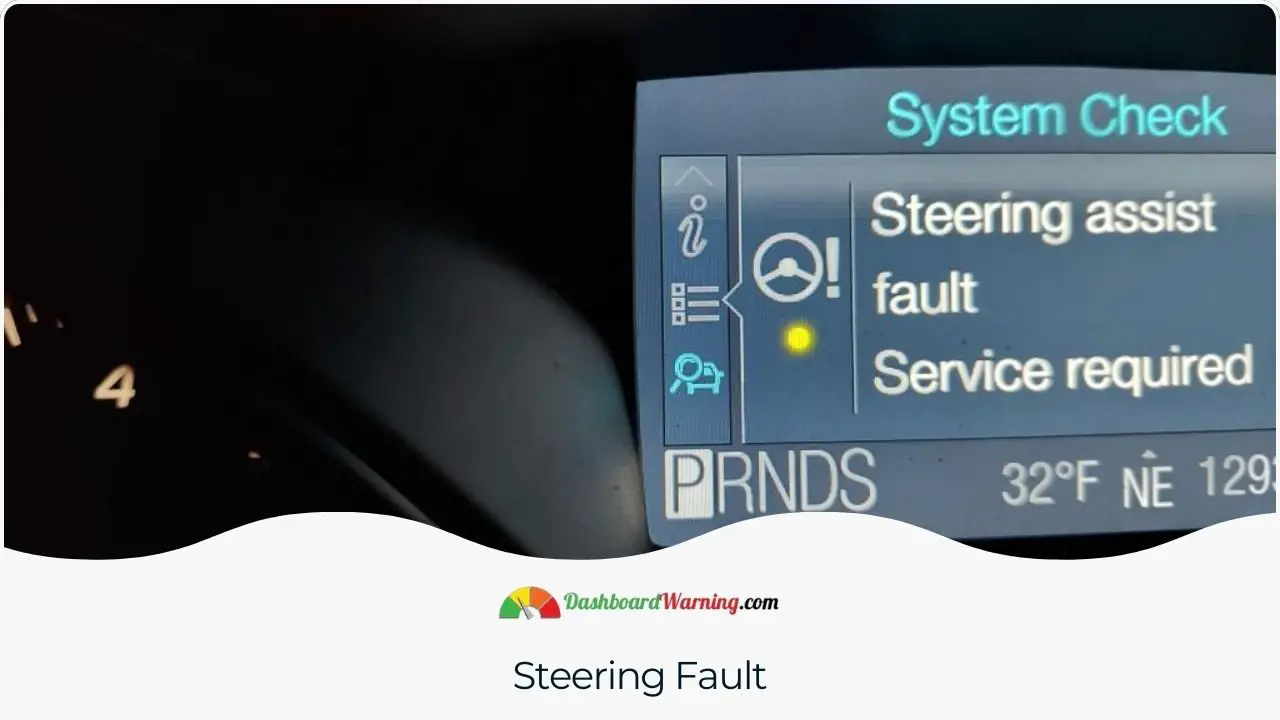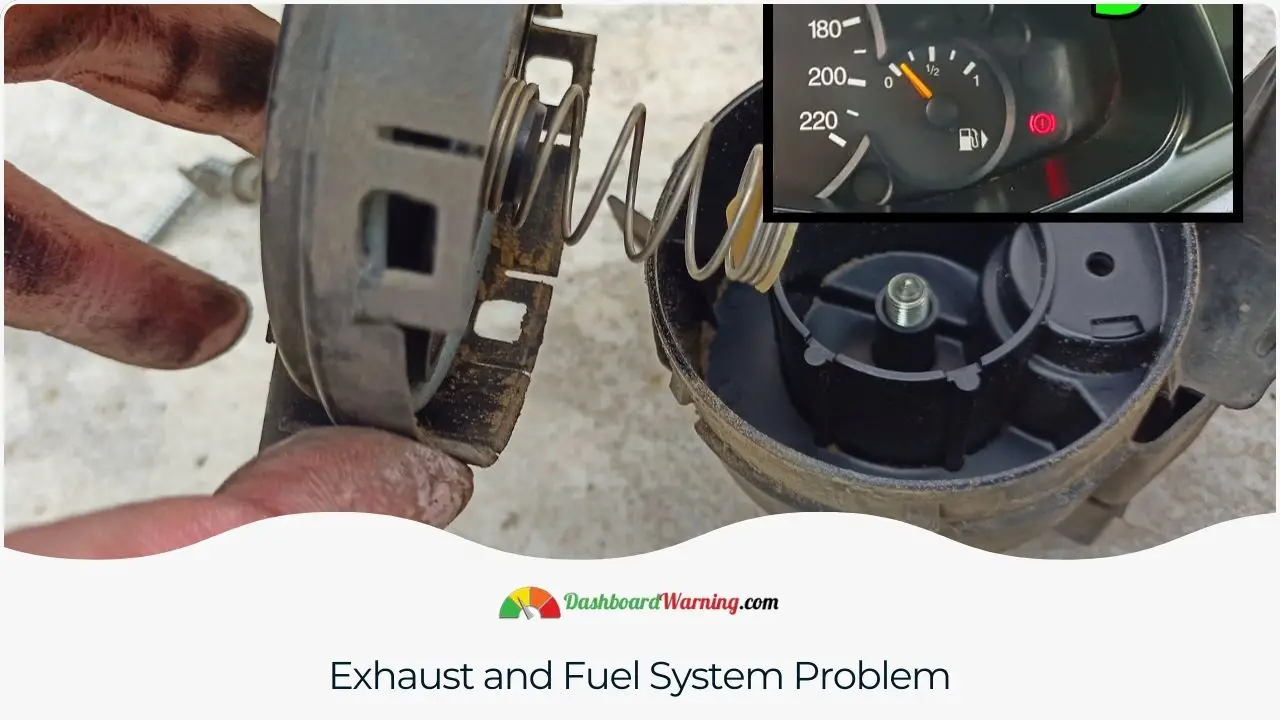Ford Motor Company, an American multinational automobile manufacturer, introduced its Ford Focus compact car line in 1999. It was a perfect vehicle for family-oriented and budget-friendly consumers who sought solid fuel economy and exceptional performance on the road. However, production of the Ford Focus ended in 2018 due to many flaws in some years that could not be corrected and reoccurring issues with quality assurance across the model range.
This article will provide insight into the Ford Focus years to avoid when considering buying one of these vehicles. By understanding which model years are best left alone, buyers can save time by avoiding those models instead of having to worry about whether they may have undetected problems or recurring issues down the line.
List Of Ford Focus Years To Avoid
The Ford Focus was one of the most popular vehicles among car enthusiasts, and even after production ended, many still looked to the Focus as their first choice for a used car. Despite its success in sales and popularity, some reliability issues have been reported, with certain models and years being considered especially subpar.
List of Ford Focus Car years to avoid:
- 2000 Ford Focus: This vehicle displays several issues, such as a blown engine, ignition key that won't fit or turn in, transmission failure, interior accessories malfunctions, faulty air conditioning or heating system, and suspension problems.
- 2001 Ford Focus: The vehicle is experiencing problems with its engine, interior accessories, windows/windshield, and fuel system.
- 2002 Ford Focus: This vehicle may be experiencing engine and shifting failure, ignition key issues, window or windshield issues, and transmission system issues.
- 2003 Ford Focus: The vehicle is experiencing engine and transmission failure, a faulty ignition key, an electrical system error, and faulty interior and exterior accessories.
- 2007 Ford Focus: The vehicle is experiencing a dead alternator, excess tire wear, engine, suspension, and rattling and wobbling issues while going over bumps.
- 2012 Ford Focus: The vehicle experienced transmission failure, power steering failure, multiple shifting issues, shuddering, and vibration when taking off.
- 2013 Ford Focus: This vehicle is experiencing mechanical issues such as transmission and electrical power steering failure, fuel system error, paint problem, and jerks and hesitates while taking off.
- 2014 Ford Focus: The vehicle experienced grinding noise, shuddering issues, transmission failure, and engine failure, in addition to badly hesitating and jerking while starting from a stop position.
💥See also: Ford Focus Dashboard Lights
Why Are These Ford Focus Years Worth Avoiding?
This section briefly overviews the most common issues making certain Ford Focus years undesirable.
1. Engine Issue

Frequent fluctuation of engine RPM is a common issue experienced by many Ford Focus owners. According to several websites and consumer reports, there have been numerous complaints of Focus engines stalling or abruptly dying during operation and jumping RPM while shifting into the parking position.
This problem is prevalent in early models such as the 2000-2003 Focuses.
Furthermore, some consumers have claimed that their car’s engine has blown up due to pre-ignition occurring at lower speed RPM; this happens when the fuel-air mixture ignites before the spark plug can fire up and damages internal components like pistons.
The repair or replacement of these parts often leads to costly repairs for Focus drivers, making frequent engine fluctuations an important issue for Ford owners to keep an eye out for.
2. Transmission Fault

In recent years, Ford Focus owners have become increasingly aware of several issues with the car’s transmission system.
The problems are especially prevalent in models equipped with the PowerShift automatic transmission released between 2011 and 2016.
It has been reported that these vehicles often experience delays in acceleration or surging and trembling during drives, as well as difficulty shifting gears from one to another. In severe cases, users may need to completely replace their vehicle's entire transmission system - a costly undertaking.
Ford has taken steps in recent years to address customer concerns regarding this issue by making repairs more accessible and affordable for customers who qualify under its Warranty Extension Program. Additionally, they recently announced a settlement program offering cash payments to those affected by past PowerShift transmission issues on certain vehicles purchased or leased before May 17th, 2017.
3. Steering Fault

The 2012 Ford Focus faced several complaints shortly after its release, with many users claiming that the Vehicle’s EPAS (electronic power-assisted steering system) tended to shut down while driving. As a result of this issue, Ford opted to replace the initial electronic power-assisted steering system with hydraulic power steering to ensure more MPG and extra power while driving.
Unfortunately, this did not resolve the problem as some Focus models came with defective torque sensors that could not send accurate information to the ECU, resulting in insufficient or loose steering power, which caused abrupt breakdowns on roadways.
4. Ignition Key Problem

The Ford Focus model has had several major issues reported over the years. One of the most common problems is related to the ignition key, where it either refuses to fit or turn in when needed or gets stuck in the ignition.
Powershift transmission system errors or failures mainly cause this problem.
Owners need to be aware of this problem to take appropriate action if they experience it with their vehicles.
5. Exhaust and Fuel System Problem

2017 Ford recalled more than a million units of Focus models released between 2012 and 2018 due to an exhaust system error.
The defective purge valve in the exhaust systems of these Focus models was found to be the cause of this issue, with potential damage done to their fuel systems as well. Consumer Reports indicated that people noticed major power loss, fuel gauges malfunctioning, or difficulty restarting engines when stalled. Ford Motor Company attributed this to incomplete software updates in these vehicles, leading them to recall all affected cars accordingly.
Besides these common issues on recalled Focus models, other problems were reported, such as door latch failure, broken windows/windshields, electrical system errors, tires wearing out quickly, or suspensions failing.
Other interior and exterior accessories have been noted for having defects, too; all this has led owners of the affected vehicles to demand service from Ford's side. Ford Motor Company is now taking necessary steps to replace faulty parts on recalled Focus cars so customers can experience driving pleasure without further hindrance.
Which Ford Focus Years Should You Buy Used?
According to the FORD FOCUS MODEL YEAR COMPARISON report, the following years of the Focus model are considered the most reliable.
- 1999 Ford Focus
- 2006 Ford Focus
- 2009 Ford Focus
- 2010 Ford Focus
- 2011 Ford Focus
- 2015 Ford Focus
- 2016 Ford Focus
- 2017 Ford Focus
- 2018 Ford Focus
The most preferred Ford Focus models are from 2011, 2016, 2017, and 2018.
The Ford Focus has been an ideal choice for those looking for a sporty yet budget-friendly compact car. Unfortunately, it is no longer in production and can only be found in used models. It is important to know which Focus years are worth investing money in before purchasing one. After reading the article, potential buyers should better understand Ford Focus years to avoid and those that are more reliable investments.
Was this page helpful?


More important content about Ford
Ford F-250 Years To Avoid
2023 Ford F-250 Super Duty Price, Specs and Options
Full Accessory Power Active
Ford Explorer Sport Trac Years To Avoid
Ford Edge Years To Avoid
Tips and Advice
Porsche Cayenne Years To Avoid
Subaru Legacy Years To Avoid - 5 Worst Years
Pt Cruiser Years To Avoid
Use 5w30 instead of 0w20 - Advantages and Disadvantages
Tractor Dashboard Symbols And Meanings
Suzuki Sx4 Years To Avoid - 5 Worst Years